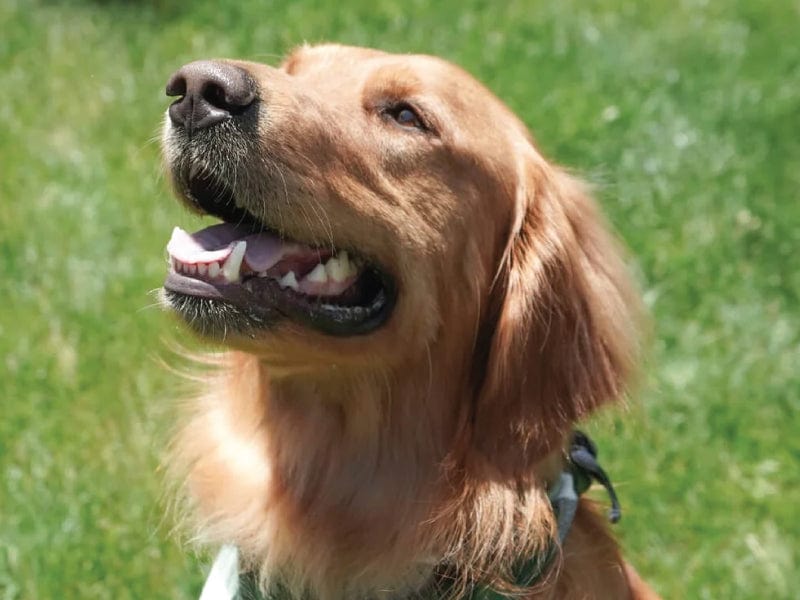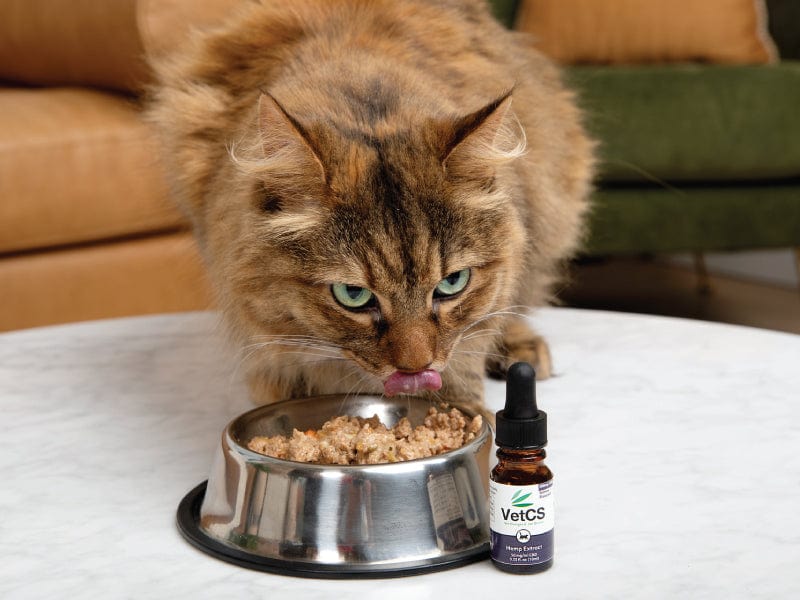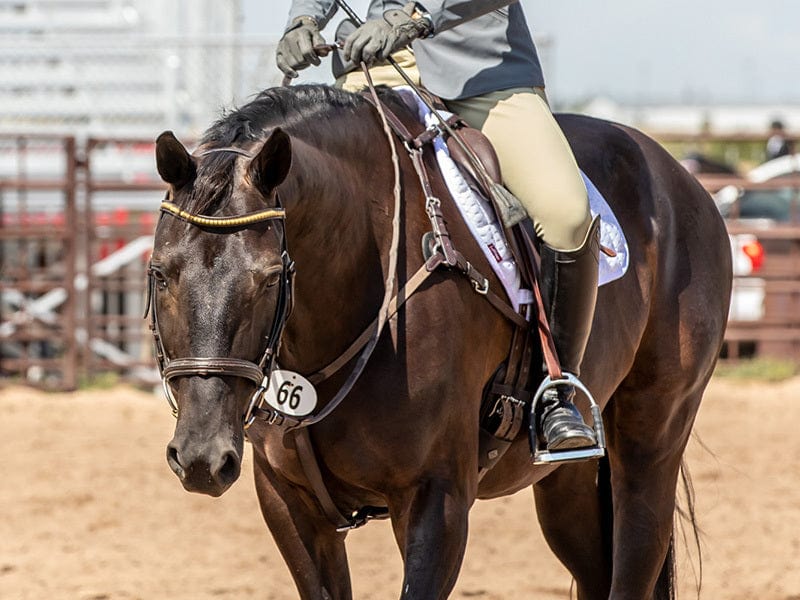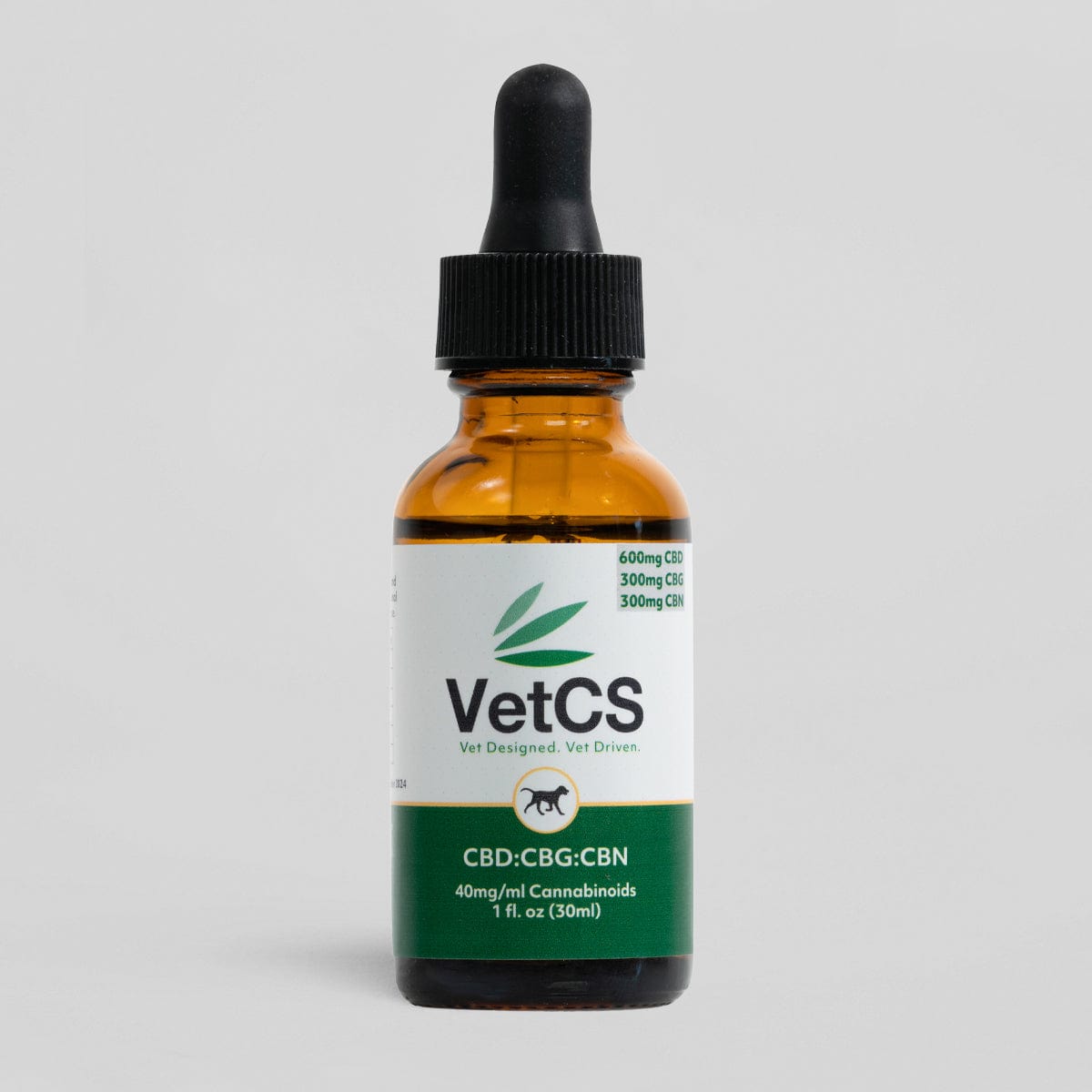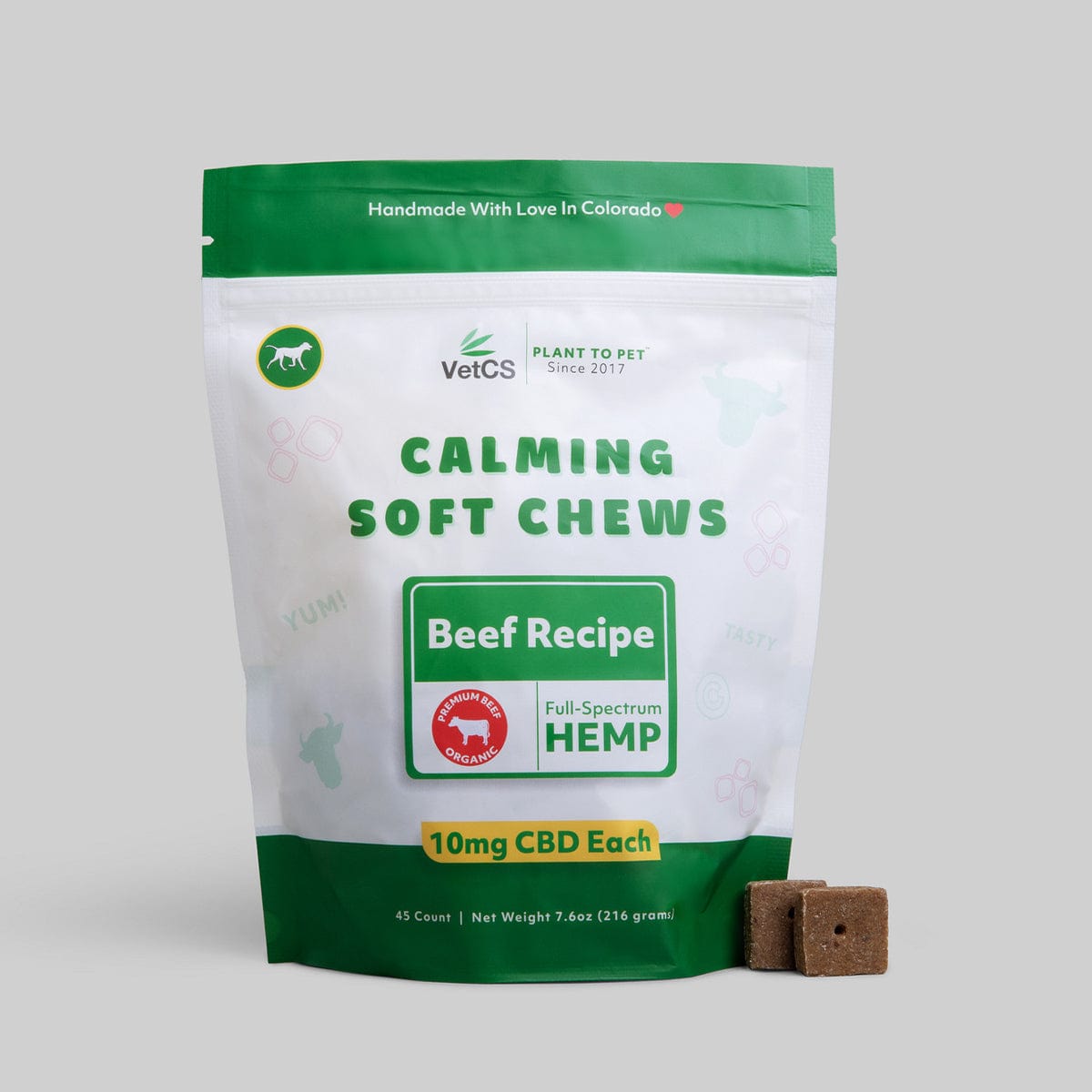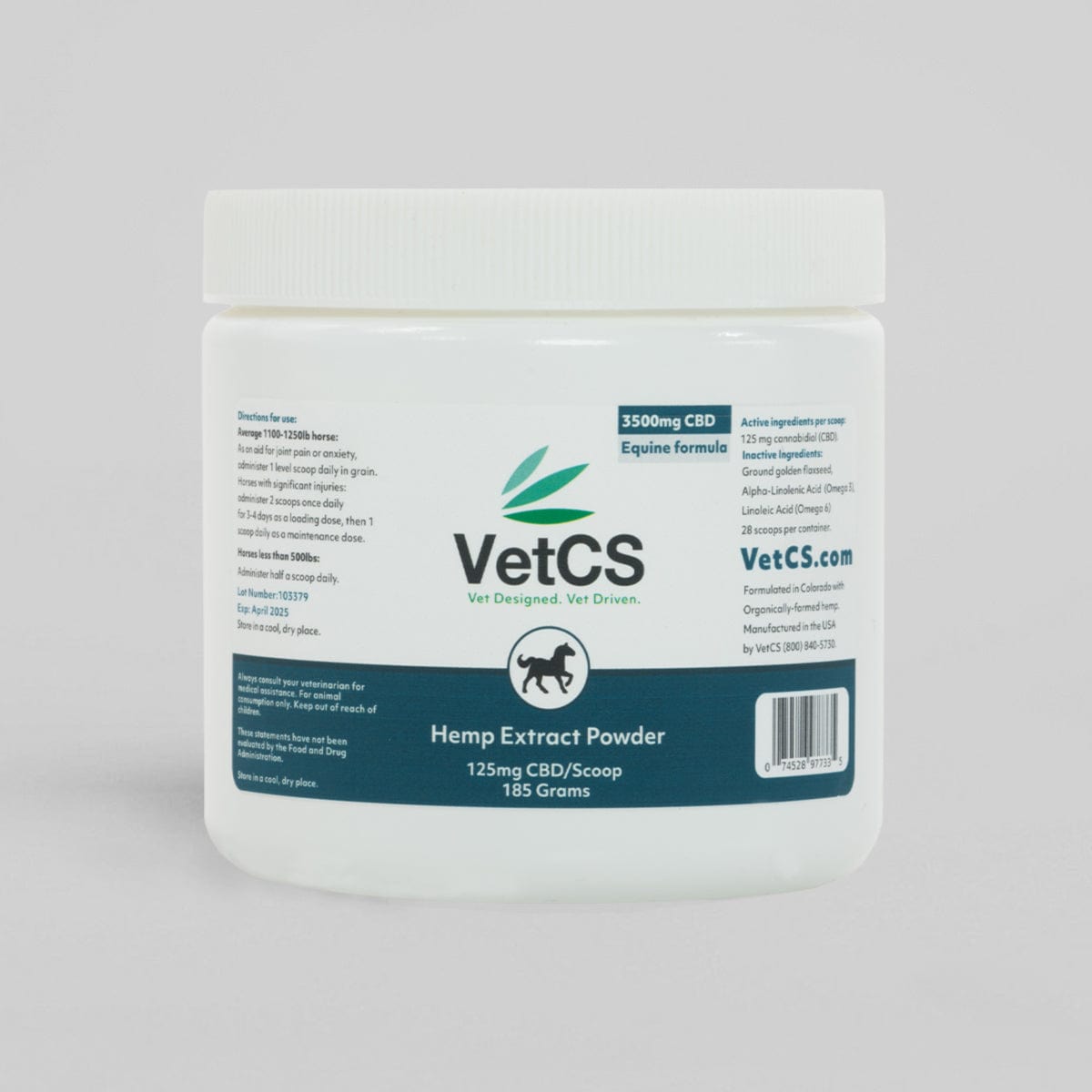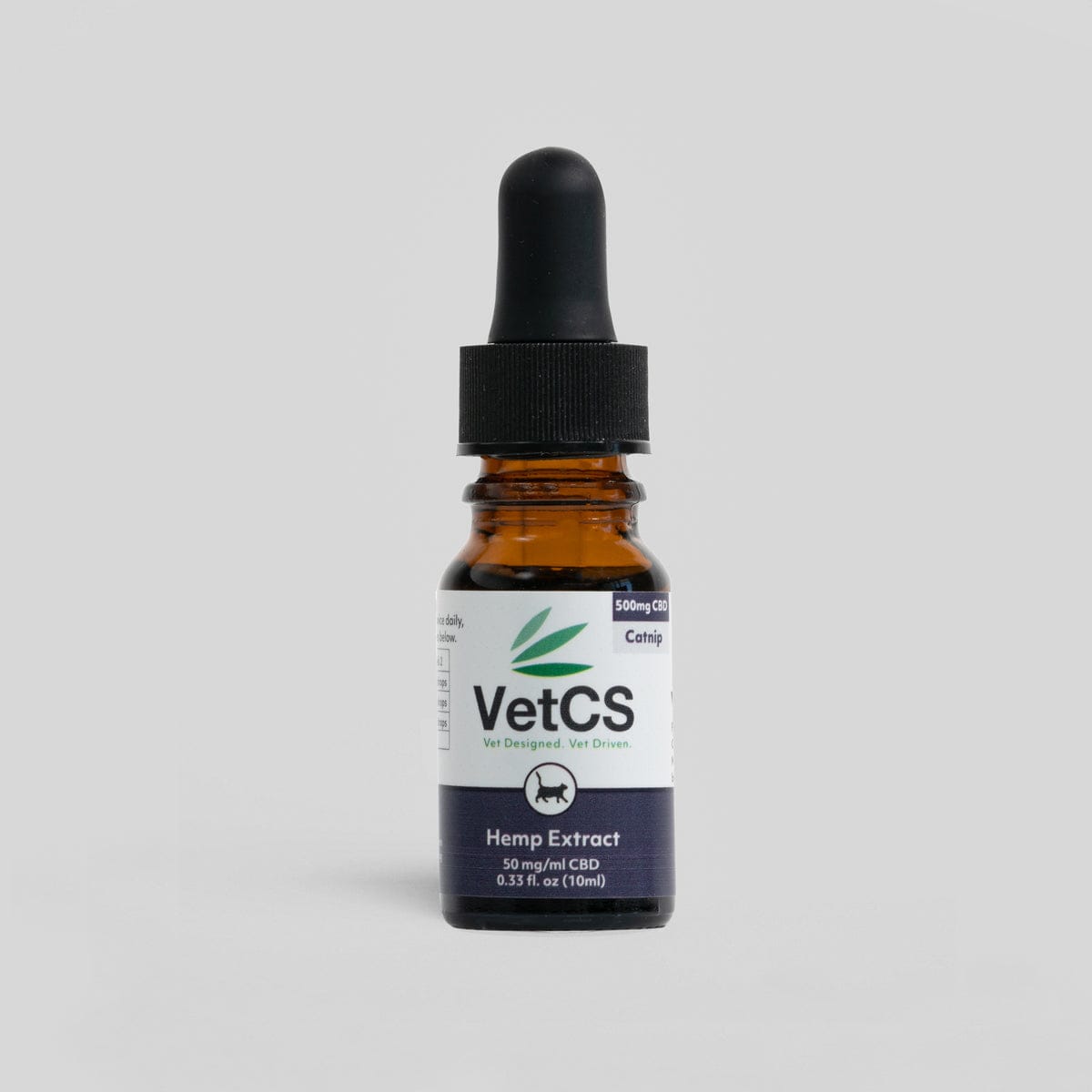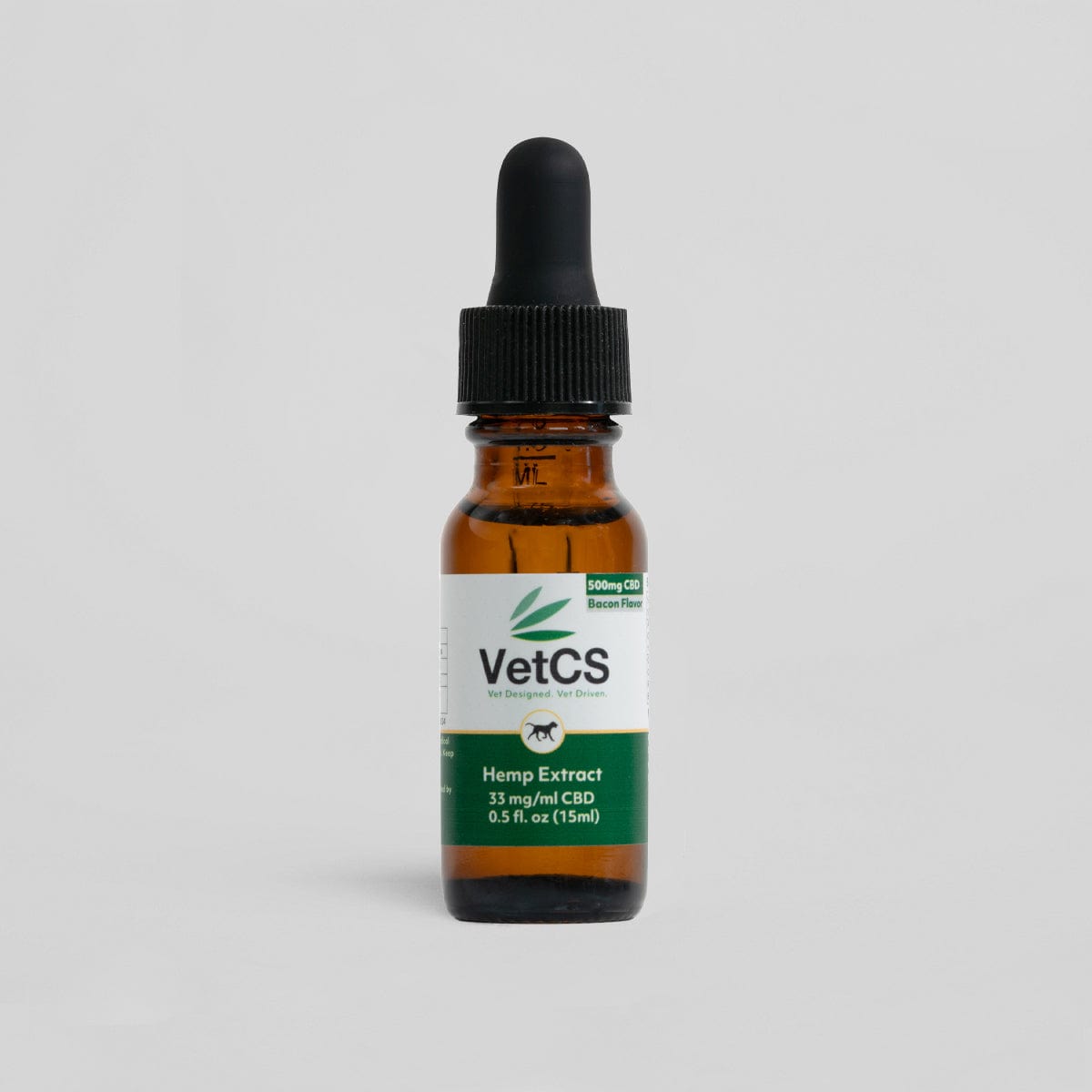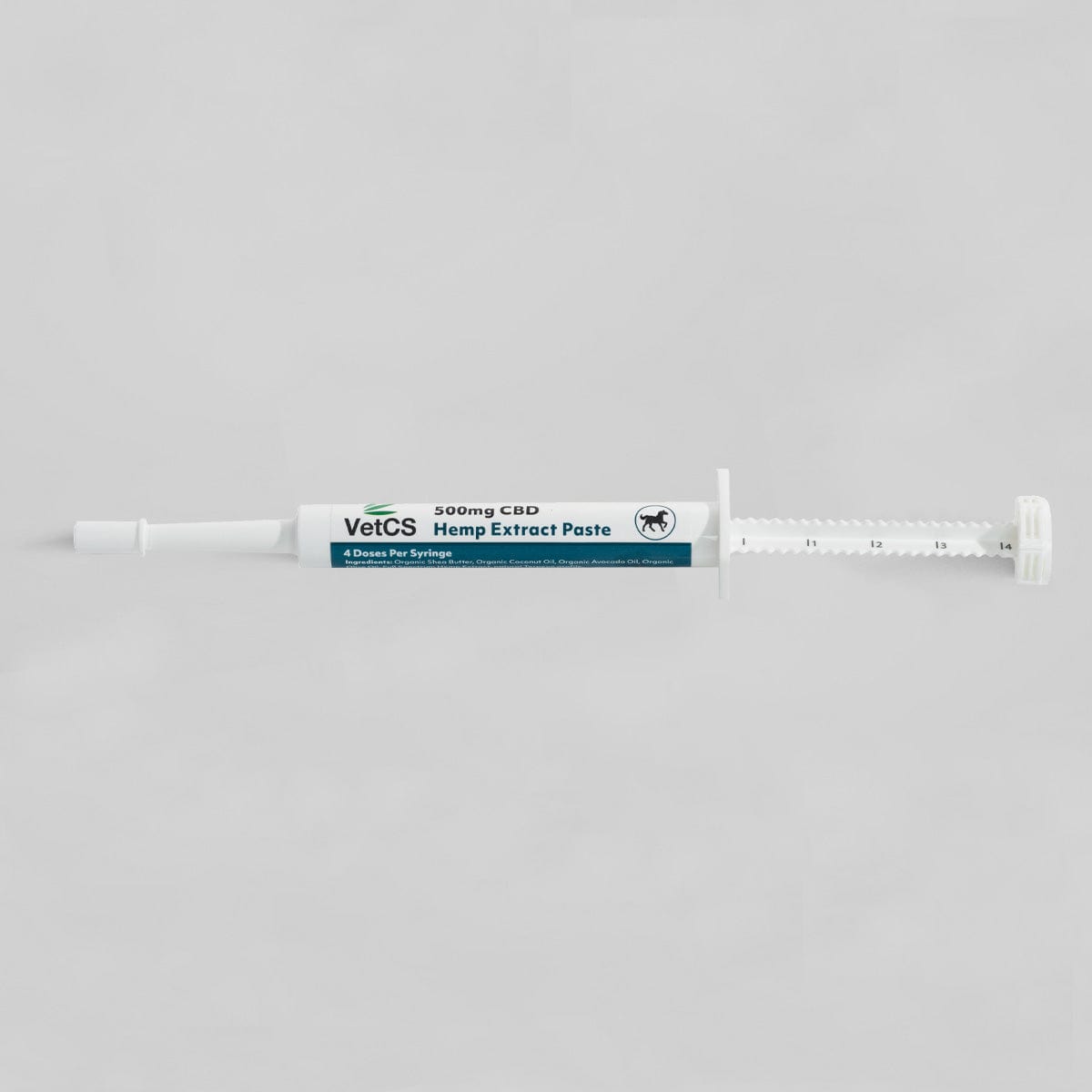(From the desk of Dr. Luedke)
Laminitis is one of the most devastating conditions in horses; with numerous causes of laminitis it can leave horse owners and veterinarians alike searching for alternative options. Laminitis is typically diagnosed using a combination of clinical signs from an abnormal gait to the complete inability to stand, hoof shape, etc., radiographs, and metabolic bloodwork. Ruling out underlying Equine Metabolic Syndrome or Pars Pituitary Intermedia Dysfunction (formerly known as Cushing’s) is of utmost importance as a lack of insulin or ACTH regulation can wreak havoc on the laminae of the feet.
Acute management of laminitis is of extreme importance for the horse to recover from a bout of laminitis. Typical options are cryotherapy (icing distal limbs from hock/carpus down), anti-inflammatories, pentoxifylline, IV DMSO, SoftRides or foam for feet, and multi-modal pain medications. The icing of the distal limbs needs to be 24 hours a day for several days at minimum based on multiple studies. Laminar degeneration has been shown to be minimized in horses that are iced in the acute phase of injury. Mechanical changes and corrective farriery is recommended after stabilizing the horse which is typically 2 weeks; until then foam pads or a sand stall can be very pain relieving for the horse.
Multi-modal pain management is needed in some cases; this can include NSAIDs like Bute, Banamine, or acetaminophen. High doses of one of these NSAIDs is usually needed and if your horse is still not comfortable then additional pain medications may be necessary. These include gabapentin, opiods administered by a veterinarian in a clinic setting, or high doses of CBD or full spectrum hemp extract. We have found that horses tolerate high doses of CBD (3-4 milligrams per kilogram AM and PM) well and show significant improvements in comfort and time spent standing. Our hemp extract paste is broad spectrum and has a robust terpene profile; typically, 1 syringe per day for the initial painful cycle is effective, then ½ tube per day is used for 2-3 weeks once the horse is more comfortable. Custom formulations are available from VetCS for horses requiring higher doses of CBD, please contact us.
After your horse has become less painful, shoeing changes and radiographic follow ups can help to guide mechanical adaptations that can keep your horse from rotating further within the hoof capsule. Utilizing mechanical changes to combat the tension on P3 (coffin bone) from the deep digital flexor tendon can be very effective. In cases in which the coffin bone continues to rotate, deep digital tenotomy may be the only option for the horse to recover. In those cases, pain medications are essential post operatively to control pain levels.
Lately a lot of research is being performed to better understand the process of laminitis; newer treatments are emerging every year. However, some cases require several methods of pain control and environment changes. Our Veterinary Team can work with your veterinarian to see if hemp or CBD may benefit your horse. We are working everyday to improve the health and wellness of horses through university research and clinical trials.




